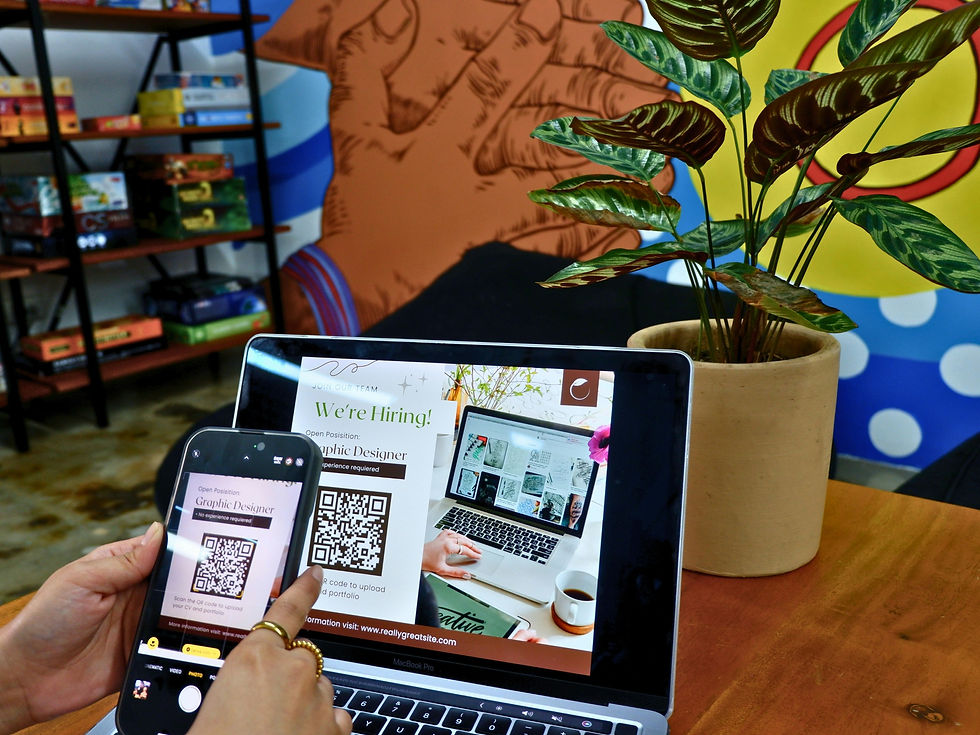How to Recognize Fake Profiles on Facebook: Protecting Yourself Online
- Guest Author

- Aug 2
- 2 min read
In the vast and interconnected world of social media, Facebook remains a prominent platform for connecting with friends, discovering new content, and engaging with communities. However, this popularity also attracts malicious actors who create fake profiles to deceive users. These fake profiles can impersonate legitimate pages, leading to scams, misinformation, and privacy breaches. Here’s how you can spot and avoid falling victim to these deceptive profiles:

1. Profile Details and Information
Profile Picture: Check the profile picture closely. Fake profiles often use stock images, celebrity photos, or stolen images from real people.
Name and Username: Look for unusual combinations of numbers, symbols, or random names. Legitimate profiles usually have meaningful names and usernames.
Bio and About Section: Genuine profiles tend to have detailed bios and about sections. Fake profiles may lack personal information or contain generic phrases.
2. Activity and Timeline
Post Frequency and Content: Real profiles typically have a consistent posting pattern related to their interests. Fake profiles may have erratic posting schedules or share clickbait content.
Interaction: Check the interactions on posts. Legitimate profiles often have meaningful comments and discussions. Fake profiles might have generic comments or no interaction at all.
3. Friends and Followers
Friend List: Look at the profile’s friend list. If it consists mainly of accounts with no mutual friends or suspicious profiles, it could be a red flag.
Followers: Evaluate the number of followers. Fake profiles often have a high number of followers with minimal interaction.
4. Verification and Authenticity
Verification Badge: Legitimate pages and profiles can be verified by Facebook with a blue verification badge. If a page lacks this badge and claims to represent a well-known entity, it’s likely fake.
Domain Linking: Pages associated with legitimate websites often link to their domain. Verify external links to confirm authenticity.
5. Behavioral Cues
Messaging and Requests: Be cautious of unsolicited messages or friend requests, especially if they prompt you to click on links or provide personal information.
Scare Tactics: Fake profiles may use scare tactics, promising rewards or threatening consequences to manipulate user behavior.
6. Reporting and Taking Action
Report Suspicious Activity: Use Facebook’s reporting tools to flag suspicious profiles. This helps protect others from potential scams.
Educate Others: Share awareness about identifying fake profiles with friends and family. Collective vigilance enhances online safety.
7. Privacy Settings and Security Measures
Privacy Settings: Adjust your privacy settings to control who can see your posts and personal information.
Two-Factor Authentication: Enable two-factor authentication for added security, protecting your account from unauthorized access.
Staying vigilant and informed is crucial in navigating the online landscape, especially on platforms like Facebook where interactions are frequent and diverse. By recognizing the signs of fake profiles and taking proactive steps to protect your privacy, you contribute to a safer online community for yourself and others.
Remember, trust your instincts and verify before you trust. Safeguarding your digital presence ensures a positive and secure experience on social media platforms.
_edited.png)



Comments